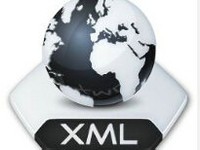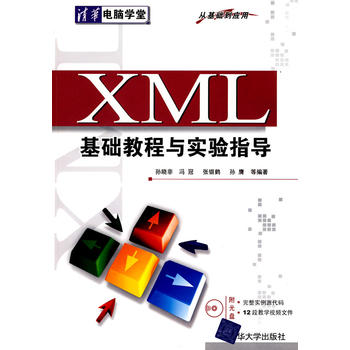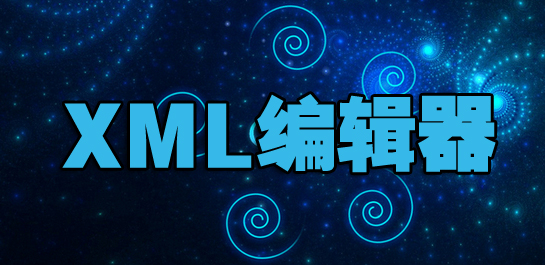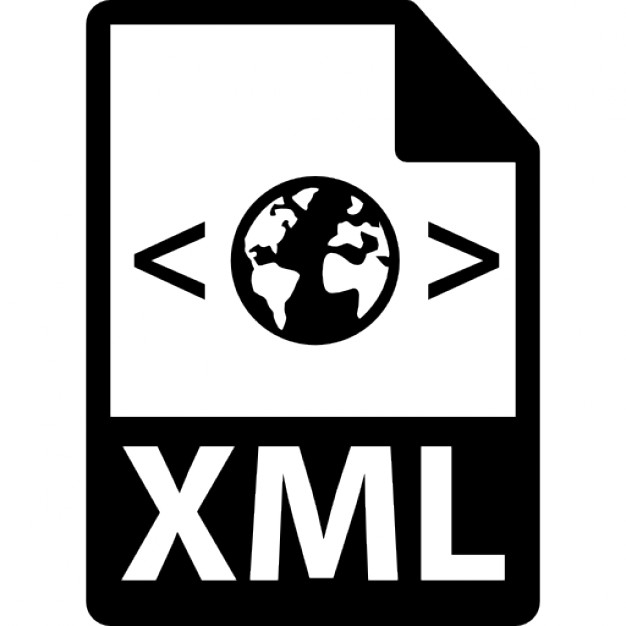Detailed introduction to XML development
XML documents form a tree structure, which starts from the "root" and then expands to the "leaves". An XML document instance XML uses a simple self-descriptive syntax:
1. XML Development Basics-XML Tree Structure

## Introduction: XML documents form a tree structure, which starts from the "root" and then expands to the "leaves". An XML document example XML uses a simple self-descriptive syntax:
2. XML Development Basics-XML Validation Code Sharing

#Introduction: XML with correct syntax is called "well-formed" XML. XML that has been validated against a DTD is "valid" XML. Well-formed XML document A "well-formed" XML document has correct syntax. A "well-formed" XML document will comply with the XML syntax rules introduced in the previous chapters:
3. XML Development Basics-Detailed Explanation of XML Syntax Rules

Introduction: The syntax rules of XML are very simple and very logical. These rules are easy to learn and easy to use. All XML elements must have closing tags. In HTML, you often see elements without closing tags:
4. XML Development Basics-XML Elements

Introduction: XML documents contain XML elements. What are XML elements? An XML element refers to the part from (and including) the start tag to (and including) the end tag. Elements can contain other elements, text, or a mixture of both. Elements can also have attributes.
5. XML Development Basics-Detailed Code Explanation of XML Attributes

Introduction: XML elements can contain attributes in the start tag, similar to HTML. Attributes provide additional information about an element. XML attributes From HTML, you'll recall this:  . The "src" attribute provides additional information about the
. The "src" attribute provides additional information about the element. In HTML (and in XML), attributes provide additional information about an element:
6. XML Development Basics - Viewing XML Files

Introduction: Raw XML files may be viewed in all modern browsers. Don't expect XML files to be displayed directly as HTML pages. View the XML file
7. XML development basics-detailed explanation of using CSS to display XML

Introduction: By using CSS, you can add display information to XML documents. Display your XML using CSS? It is possible to format XML documents using CSS. The following example is about how to use a CSS style sheet to format an XML document: This is the XML file: CD directory This is the style sheet: CSS file
8. Detailed explanation of the establishment of XML development environment

## Introduction: PHP100 Chinese website is the first professional website in China that focuses on PHP resource sharing, and also provides a PHP Chinese communication community. For PHP learning researchers, it provides: the latest PHP information, original content, open source code, PHP video tutorials and other related content.
9. A simple example of using XML to develop a message board

10.
Using XML to develop a message board simple example code analysis
 ##Introduction: xml is a meta-markup language based on text format. It focuses on the description of data structure and data meaning, realizes the separation of data content and display style (xml+xsl), and is compatible with Platform independent.
##Introduction: xml is a meta-markup language based on text format. It focuses on the description of data structure and data meaning, realizes the separation of data content and display style (xml+xsl), and is compatible with Platform independent.
The above is the detailed content of Detailed introduction to XML development. For more information, please follow other related articles on the PHP Chinese website!

Hot AI Tools

Undresser.AI Undress
AI-powered app for creating realistic nude photos

AI Clothes Remover
Online AI tool for removing clothes from photos.

Undress AI Tool
Undress images for free

Clothoff.io
AI clothes remover

Video Face Swap
Swap faces in any video effortlessly with our completely free AI face swap tool!

Hot Article

Hot Tools

Notepad++7.3.1
Easy-to-use and free code editor

SublimeText3 Chinese version
Chinese version, very easy to use

Zend Studio 13.0.1
Powerful PHP integrated development environment

Dreamweaver CS6
Visual web development tools

SublimeText3 Mac version
God-level code editing software (SublimeText3)

Hot Topics
 1386
1386
 52
52
 Is the conversion speed fast when converting XML to PDF on mobile phone?
Apr 02, 2025 pm 10:09 PM
Is the conversion speed fast when converting XML to PDF on mobile phone?
Apr 02, 2025 pm 10:09 PM
The speed of mobile XML to PDF depends on the following factors: the complexity of XML structure. Mobile hardware configuration conversion method (library, algorithm) code quality optimization methods (select efficient libraries, optimize algorithms, cache data, and utilize multi-threading). Overall, there is no absolute answer and it needs to be optimized according to the specific situation.
 How to convert XML files to PDF on your phone?
Apr 02, 2025 pm 10:12 PM
How to convert XML files to PDF on your phone?
Apr 02, 2025 pm 10:12 PM
It is impossible to complete XML to PDF conversion directly on your phone with a single application. It is necessary to use cloud services, which can be achieved through two steps: 1. Convert XML to PDF in the cloud, 2. Access or download the converted PDF file on the mobile phone.
 How to convert XML to PDF on your phone?
Apr 02, 2025 pm 10:18 PM
How to convert XML to PDF on your phone?
Apr 02, 2025 pm 10:18 PM
It is not easy to convert XML to PDF directly on your phone, but it can be achieved with the help of cloud services. It is recommended to use a lightweight mobile app to upload XML files and receive generated PDFs, and convert them with cloud APIs. Cloud APIs use serverless computing services, and choosing the right platform is crucial. Complexity, error handling, security, and optimization strategies need to be considered when handling XML parsing and PDF generation. The entire process requires the front-end app and the back-end API to work together, and it requires some understanding of a variety of technologies.
 Is there any mobile app that can convert XML into PDF?
Apr 02, 2025 pm 08:54 PM
Is there any mobile app that can convert XML into PDF?
Apr 02, 2025 pm 08:54 PM
An application that converts XML directly to PDF cannot be found because they are two fundamentally different formats. XML is used to store data, while PDF is used to display documents. To complete the transformation, you can use programming languages and libraries such as Python and ReportLab to parse XML data and generate PDF documents.
 How to open web.xml
Apr 03, 2025 am 06:51 AM
How to open web.xml
Apr 03, 2025 am 06:51 AM
To open a web.xml file, you can use the following methods: Use a text editor (such as Notepad or TextEdit) to edit commands using an integrated development environment (such as Eclipse or NetBeans) (Windows: notepad web.xml; Mac/Linux: open -a TextEdit web.xml)
 Recommended XML formatting tool
Apr 02, 2025 pm 09:03 PM
Recommended XML formatting tool
Apr 02, 2025 pm 09:03 PM
XML formatting tools can type code according to rules to improve readability and understanding. When selecting a tool, pay attention to customization capabilities, handling of special circumstances, performance and ease of use. Commonly used tool types include online tools, IDE plug-ins, and command-line tools.
 How to open xml format
Apr 02, 2025 pm 09:00 PM
How to open xml format
Apr 02, 2025 pm 09:00 PM
Use most text editors to open XML files; if you need a more intuitive tree display, you can use an XML editor, such as Oxygen XML Editor or XMLSpy; if you process XML data in a program, you need to use a programming language (such as Python) and XML libraries (such as xml.etree.ElementTree) to parse.
 How to export pdf with xml
Apr 03, 2025 am 06:45 AM
How to export pdf with xml
Apr 03, 2025 am 06:45 AM
There are two ways to export XML to PDF: using XSLT and using XML data binding libraries. XSLT: Create an XSLT stylesheet, specify the PDF format to convert XML data using the XSLT processor. XML Data binding library: Import XML Data binding library Create PDF Document object loading XML data export PDF files. Which method is better for PDF files depends on the requirements. XSLT provides flexibility, while the data binding library is simple to implement; for simple conversions, the data binding library is better, and for complex conversions, XSLT is more suitable.




